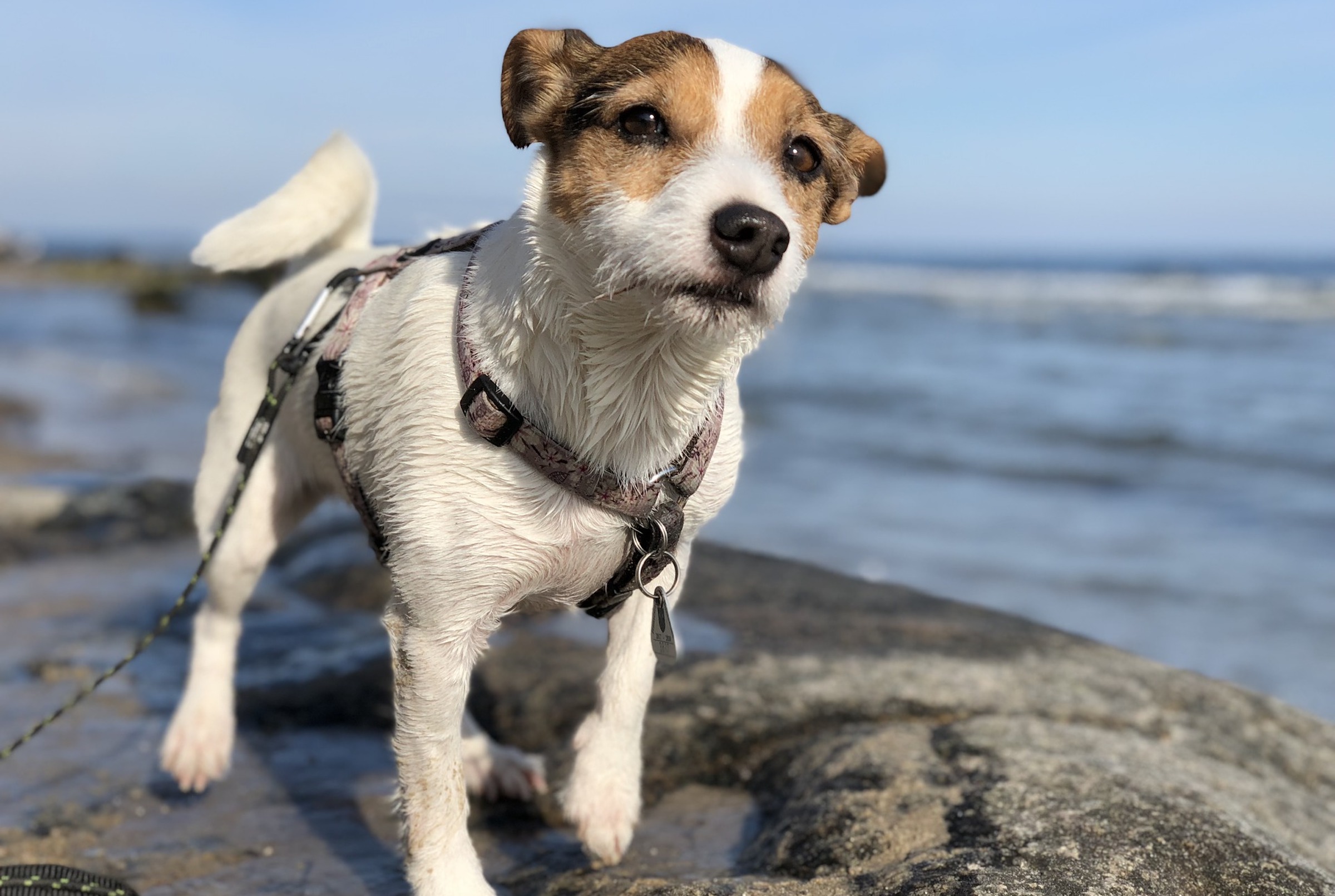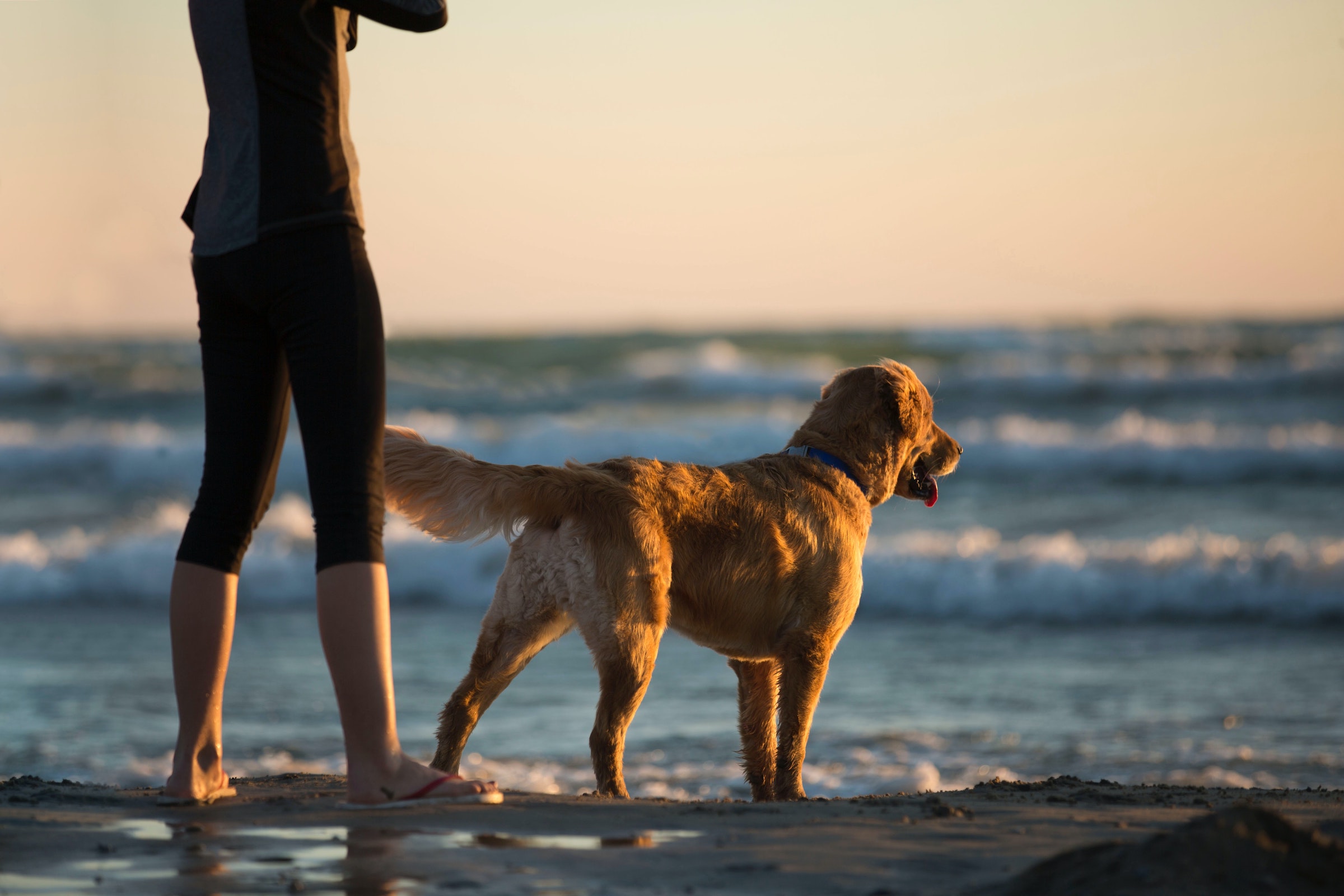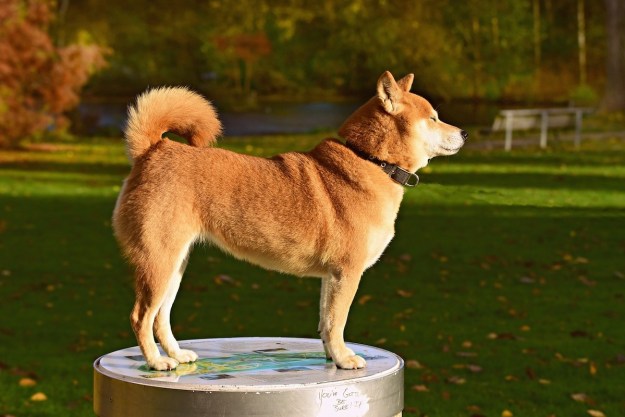Nothing is quite as refreshing on a hot summer day as a trip to the beach, and there’s no reason why you shouldn’t bring your dog along. Hitting the beach with your dog requires some planning, research, and flexibility, though, so there’s no time to lose!
Knowing what to do at the beach with your dog doesn’t always happen instantaneously, so it’s always fun to let your dog take the lead. If she wants to walk along the waves? Great! Time to dig? Maybe time to set up a towel and umbrella, too. However you spend your beach day together, here’s what you should plan for.
Know before you go
Each beach has its own rules regarding dogs, so do your research. You’ll discover whether your furry friend is allowed to come, if she needs to be leashed, and how long leashes are allowed to be. No matter where you go, it’s smart to bring a leash and bags for picking up after your pet so you can be the most courteous beach guest.
It’s also smart to double-check that your pup is up to date on all vaccinations, especially if she’ll be playing with other dogs or socializing with people. If there are grasses or other plants near your destination, a routine tick check should be done, too.
Lastly, check your beach’s conditions before letting your pup run free or in the water. Jellyfish, sharks, and rip currents are just a few of the beach advisories you may see; on these days, it’s best to stay on the beach and out of the water.
What to do at the beach with your dog
If your dog is a water baby, you’re going to have a great time leaping through the waves. Some brave pets even love to fetch in the water or just go for a short swim with their favorite person — that’s you!
For pups and their parents who prefer to stick to land, the opportunities are endless. If you’re overdue for some relaxation, your dog might be just as happy to lounge in the sun or gnaw on a chew while you catch some rays. Your fur baby might have even more fun digging or running through the sand, so don’t forget to make room for some playtime. Of course, taking a jog along the shoreline is never a bad idea.

Bring beach gear for your dog
For the ultimate day of beach safety and fun, you’ll need to pack the right stuff. In addition to your dog’s normal collar-harness-and-leash combo, bringing a long cable with anchor will be a hands-free way to keep your dog secured while allowing her some space to roam.
The essentials for any beach trip include:
- Plenty of water and a portable water bowl
- Snacks or kibble and a travel bowl
- An umbrella or pop-up tent to keep your dog shaded
Don’t forget an extra towel or two for your furry friend! Some pet parents like to bring a spare towel for the car ride home, too, but the exact number is up to you. A car seat cover will do the trick as well.
Water safety is essential
It may go without saying that dogs should always be supervised while in the water, but you should take a few extra precautions as well. The ocean is not a good place to learn to swim, so your pup should practice in a pool, lake, or other calmer waters before graduating to the big blue sea.
Even strong swimmers will be extra safe with a canine life jacket — just make sure it’s the proper fit! Then, grab your pup’s waterproof toys and get ready for an afternoon of aquatic fun.

Watch out for heat
You may feel ultra-refreshed while lounging out on the sand, but your fur baby could be much warmer. Make sure to keep an eye out for any signs of overheating in dogs:
- Excessive panting
- Less responsive
- Vomiting
- Diarrhea
- Gums that turn bright red or blue
- Collapse or seizures
Fortunately, these signs can be easy to spot if you keep a watchful eye. What may not be so obvious, however, is the heat of the sand. The surface sand isn’t always as scorching as what lies just an inch beneath, and it takes just one wrong step to find out the hard way.
If your dog doesn’t mind, try some heat-protective shoes for your pet. There are also paw-protection waxes to keep your four-legged friends comfortable, as well as sunscreens for dogs with short or light-colored fur.
Although it may take some forethought, planning, and even a few purchases, enjoying a beach day with your canine companion will be oh-so-worth-it. There’s nothing quite like the warm sunshine, the cool breeze, and your best bud by your side. It’s what summer is all about, after all. Don’t forget to snap a few photos to remember the day by!
Editors' Recommendations
- How many dog breeds are there, really?
- Can dogs eat oranges? Read this before feeding your pet
- Can dogs eat strawberries? Everything you need to know
- How to find the right veterinarian for your pet
- Why do dogs have wet noses? They’re actually really important




